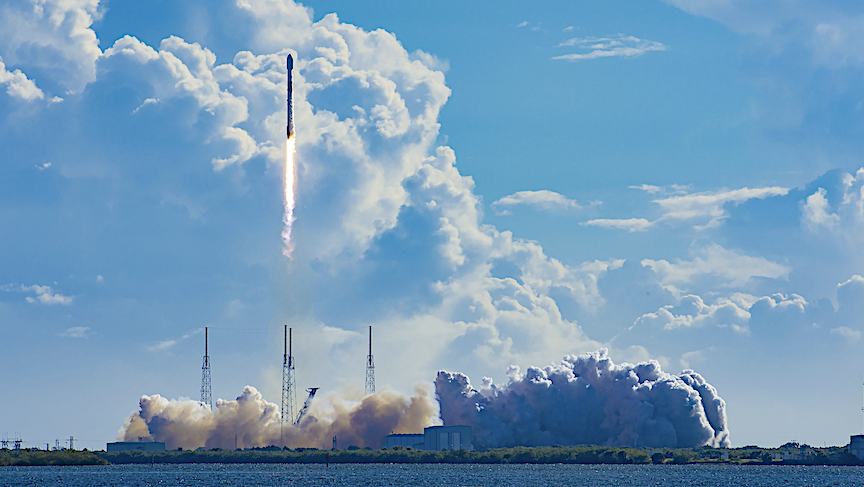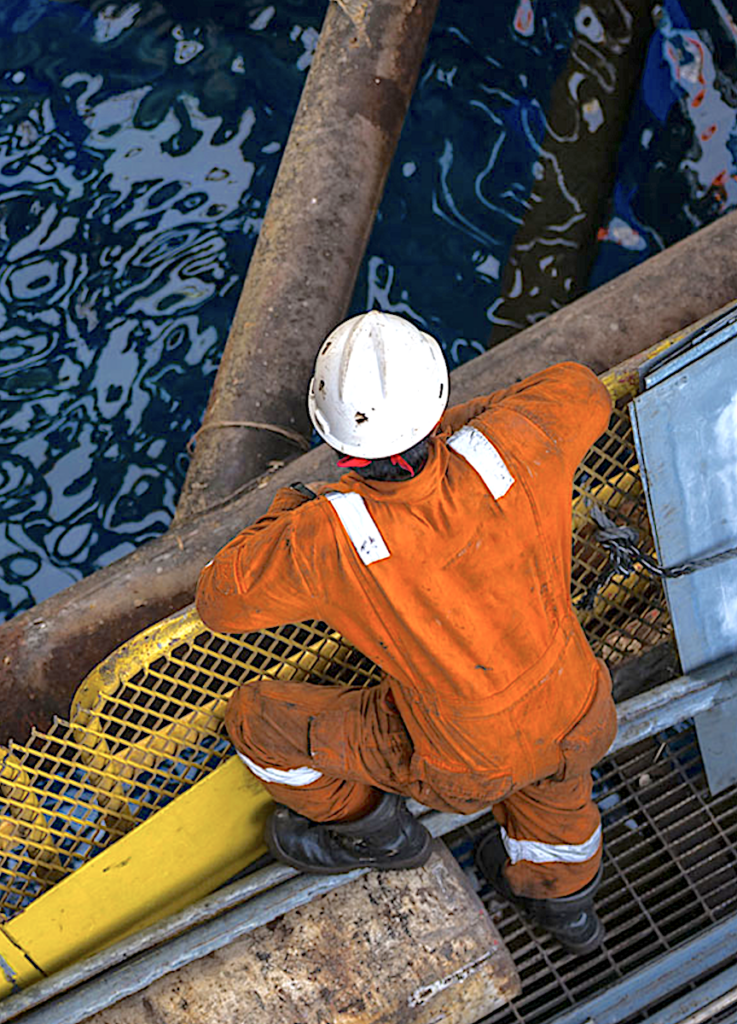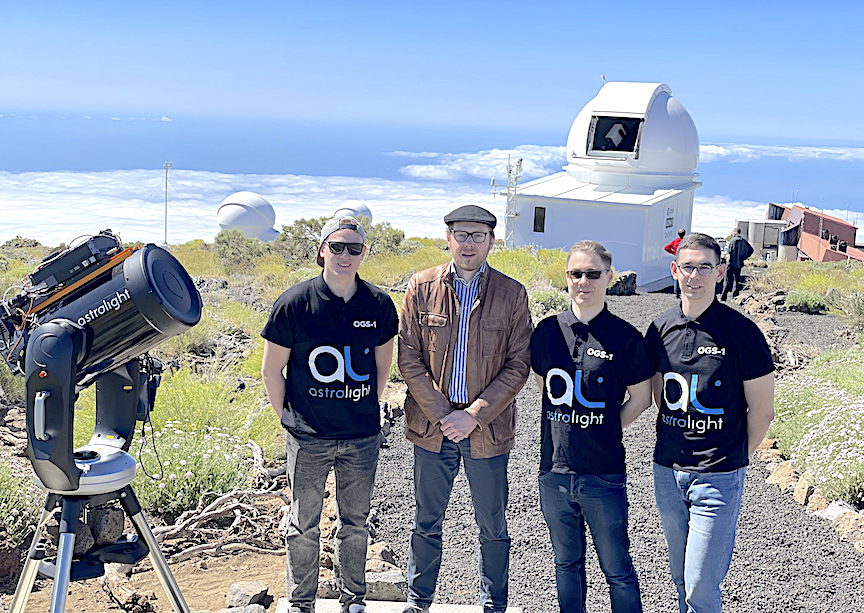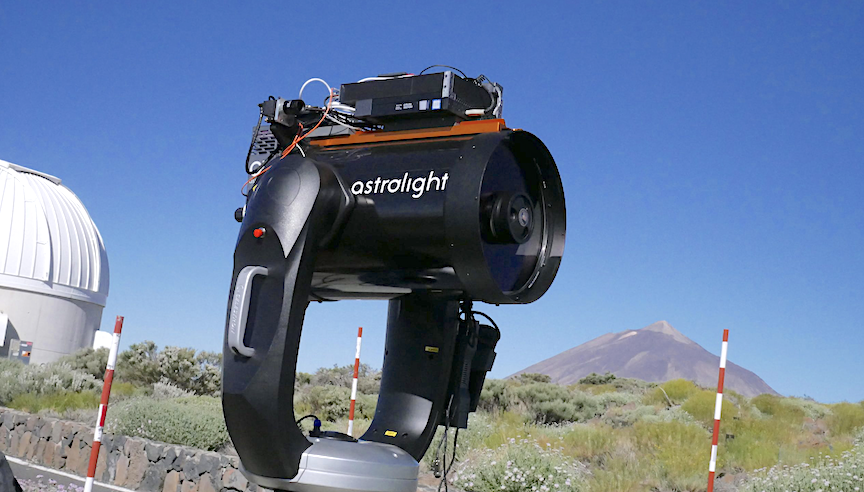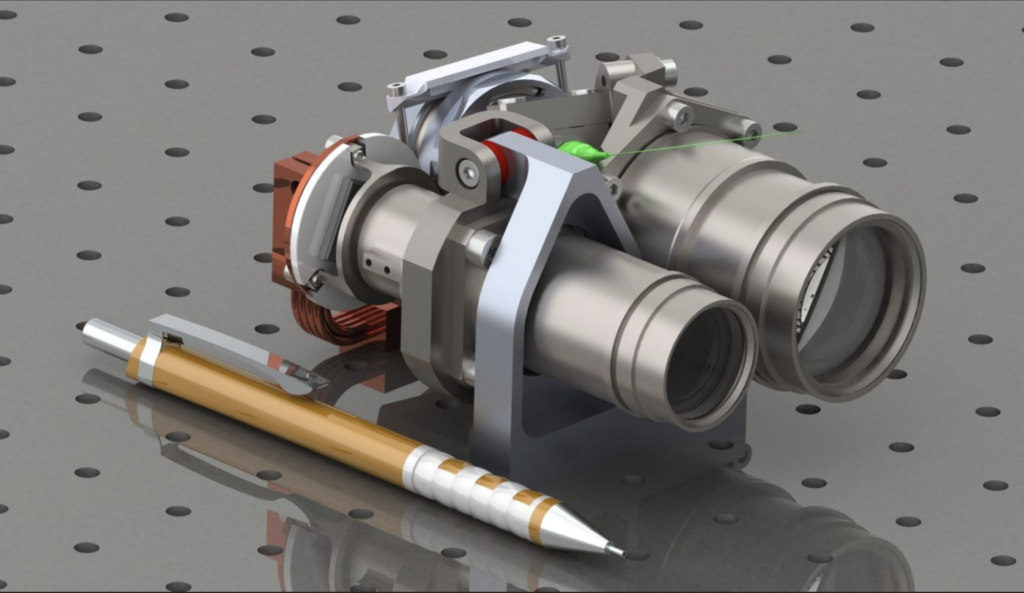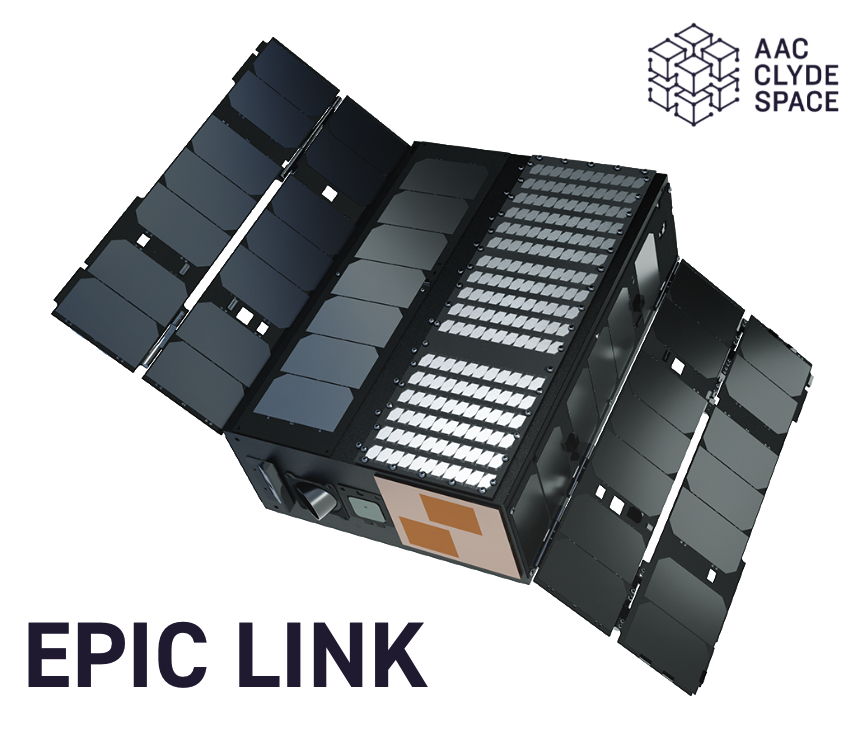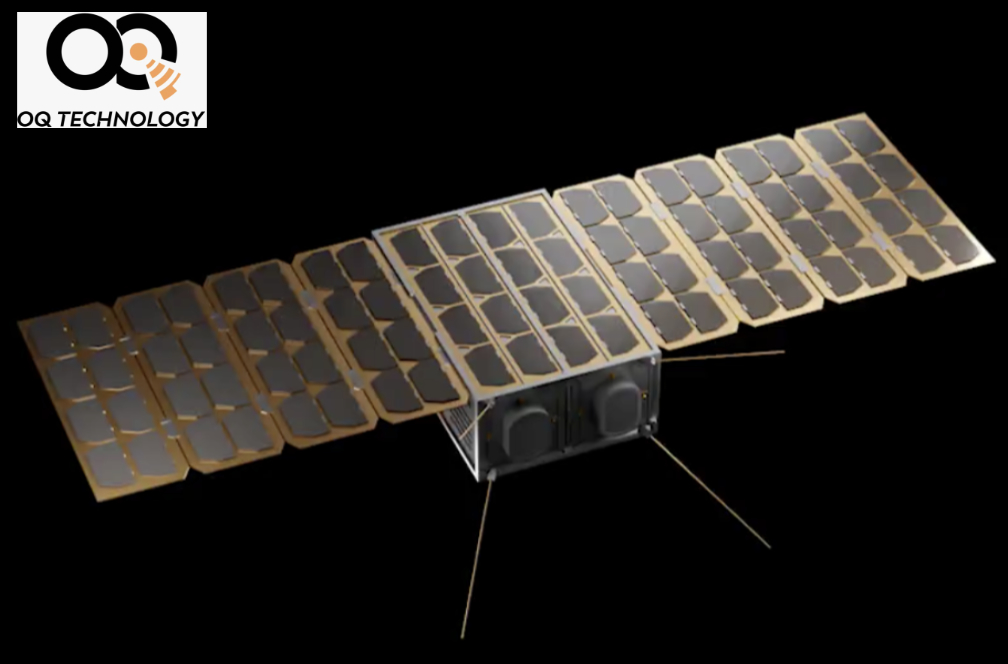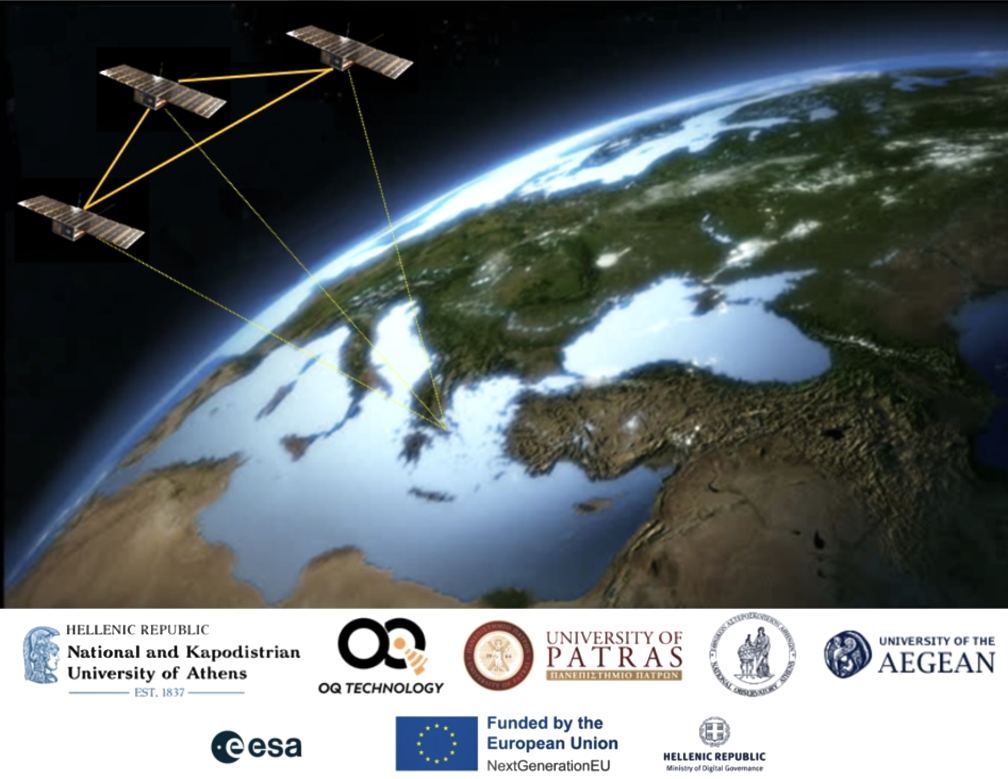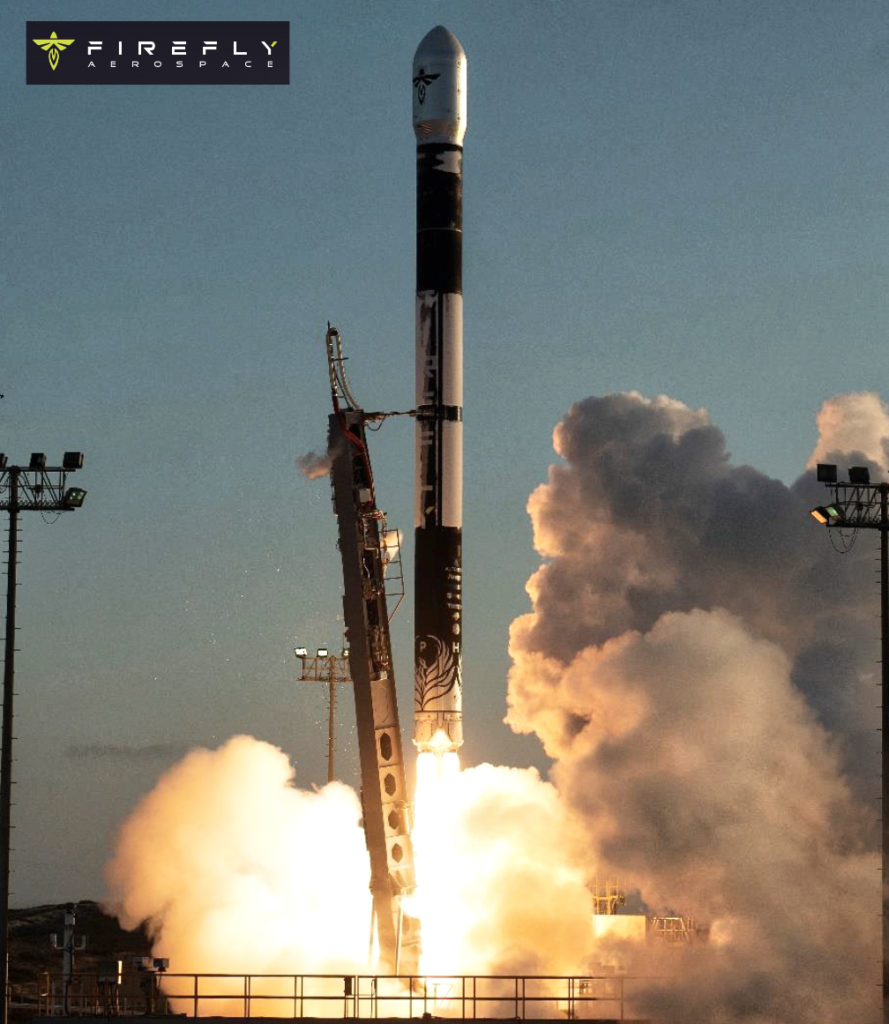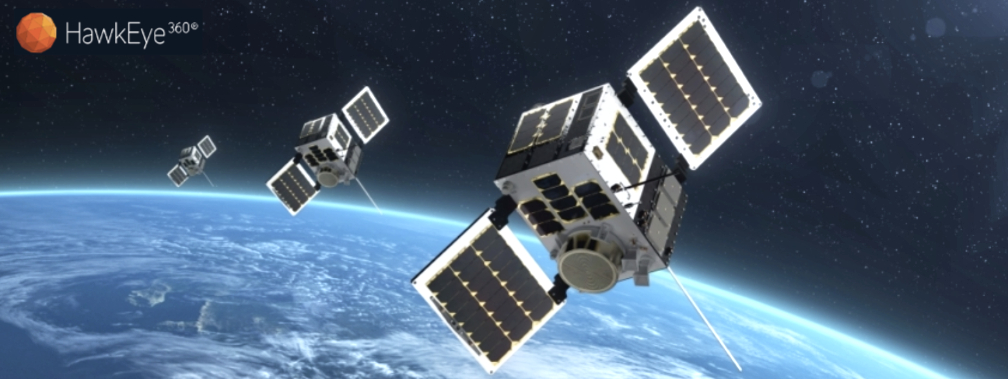

HawkEye 360 Inc. has been awarded a contract by the Commonwealth of Australia for a pilot program to provide greater maritime domain awareness in support of Pacific Islands Forum Fisheries Agency (FFA) efforts to detect and prevent Illegal, Unreported, and Unregulated (IUU) fishing.

The contract was awarded by Australia’s Department of Foreign Affairs and Trade (DFAT) for the provision of HawkEye 360’s satellite RF maritime analytics and training through 2023.
HawkEye 360 will work in collaboration with the FFA and its members to provide RF data, analytics, and training to identify illicit maritime activity within their waters and help secure the ongoing sustainability of the region’s tuna resources. This includes potential IUU fishing and the detection of maritime activity not detectable by Automatic Identification Systems (AIS). The FFA, which was founded in 1979 and is headquartered in the Solomon Islands, assists its 17 member countries in the region with sustainably managing their tuna fisheries.
This award reflects Australia’s continued commitment and regional leadership for combating IUU fishing as part of the Indo-Pacific Partnership for Maritime Domain Awareness (IPMDA), an initiative focused on providing shared technology, training, and insight into activity in three critical regions: the Pacific Islands, Southeast Asia, and the Indian Ocean. The leaders of the Quad nations—Australia, India, Japan, and the United States—announced the initiative in 2022. The Quad is a diplomatic network between nations dedicated to supporting an open, stable, and prosperous Indo-Pacific.
HawkEye 360 operates a growing constellation of 21 satellites that detect, characterize and geolocate radio frequency signals from a broad range of emitters used for communication, navigation, and security. HawkEye 360 will continue expanding the constellation to address clients’ increasing demands for RF Intelligence, aiming for a total of 60 satellites (20 clusters of three satellites) in 2025. HawkEye 360 anticipates the launch of two additional clusters in 2023 in a mid-latitude orbit to address the growing demand in the Indo-Pacific region.
“The Pacific Islands encompass a vast and highly trafficked region with rich fisheries resources that present complex challenges for maritime domain awareness. We are proud to partner with the Forum Fisheries Agency (FFA), through support from the Australian Government, to deliver a clearer picture of maritime activity that benefits all Pacific Island countries in their efforts to combat IUU fishing and respond to climate and humanitarian events.” — Alex Fox, Chief Growth Officer for HawkEye 360

